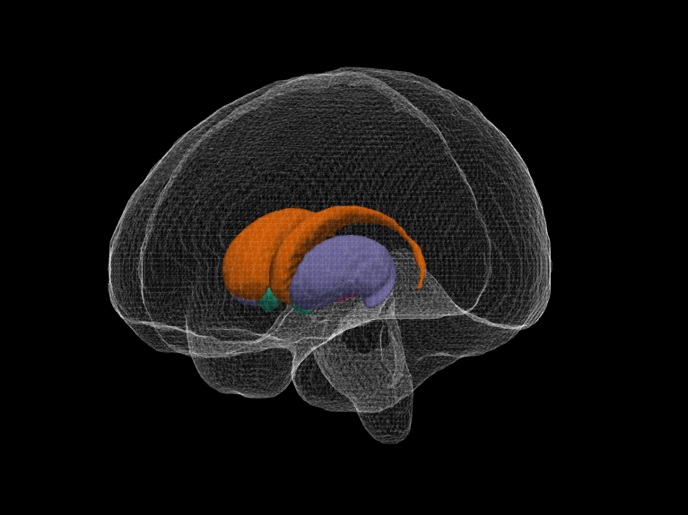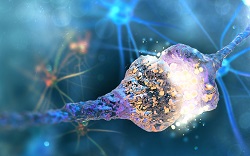‘Busy’ environments: the striatum’s role in visual selection
Humans are bombarded by sensory input. They must prioritise external stimuli, allocate limited processing resources to behaviourally relevant information and make decisions about actions to take. Although scientists know that certain cortical regions are key to visual information representation, it is unclear which brain areas encode predictions and how these predictions influence visual selection. With the support of the Marie Skłodowska-Curie Actions (MSCA) programme, the STRIAVISE(opens in new window) project, coordinated by the University of Birmingham(opens in new window), tackled these open questions through psychophysics, brain imaging and modelling.
The striatum hypothesis: prediction, decision-making and visual selection
The densely interconnected striatum is by far the largest subcortical structure in the mammalian brain. It receives input from cortical structures underpinning visual attention, sends output to subcortical structures necessary for voluntary movement, and indirectly communicates with the cortex. Substantial research has pointed to the striatum’s role in predicting future outcomes and in movement and reward, such as decision making and goal-directed movements. The striatum is thus an excellent potential neural substrate to integrate predictions and mediate visual attention.
Cortico-striatal interactions and competing information sources
STRIAVISE was interested in the striatum’s role when there are competing sources of information requiring decisions about attention allocation. Kelly Garner, STRIAVISE MSCA Fellow now at The University of Queensland(opens in new window), used data from a large-scale brain imaging study(opens in new window) and dynamic causal modelling, a method that has been successfully used to estimate coupling among brain regions from functional brain imaging data, to answer this question. “We found that when people had to attend to competing sources of information, the striatum ‘sped up’ how frequently it talked to the cortex. In other words, multitasking requires that more information be transmitted through the circuitry in a given amount of time,” explains Garner.
Neural mechanisms of prediction: spatial certainty versus incentive value
Two ways that information competing for the brain’s visual attention can be prioritised are via the stimuli’s spatial certainty or their incentive value. The former places higher value on visual stimuli with greater expectation of appearance in certain places. The latter places higher value on stimuli associated with higher reward. Scientists know the brain creates a spatial map of its environment. Conventional belief was that expectation and reward were encoded in the same map to guide visual attention. “We showed that predictions about space are encoded into the map and pre-emptively guide visual attention. However, unexpectedly, we found that predictions about reward appear to be encoded in a regret-type signal – they may be helping us revise our focus of attention to something more rewarding when our first choice does not work out very well for us,” Garner explains. This(opens in new window) suggests that expectation and reward act independently to guide visual selection and may be encoded in different neural substrates. Garner’s outcomes also demonstrated that the brain normalises all the different motivational signals available across the environment to determine the bias to assign to each location. Garner concludes: “STRIAVISE has expanded how we think about the brain’s visual attention systems. Our evidence suggests we need to consider how the striatum talks to the cortex under challenging conditions such as prioritising multiple competing sources of visual information.” Garner‘s continued attention to this promises to reap great rewards.







